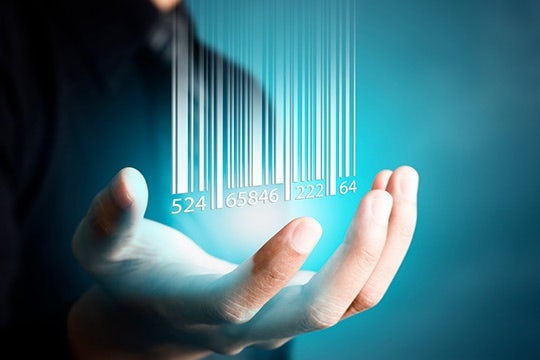
Return fraud and other unscrupulous practices may be a thing of the past if retailers follow the lead of Alibaba. The Chinese e-commerce company is leading the pack by using a modified version of a QR code on individual items, which serves as a kind of non-wireless version of an item-level radio-frequency identification (RFID).
The new identifier resembles a QR code so consumers and merchants are already familiar with its look and ability to be scanned. But its function goes far beyond the average QR code, with each identifier unique to a specific product and packed with tons of useful information. This info can help:
- Deter return fraud, with info that includes an item’s point of origin and if it were purchased from a specific store or ever paid for
- Add massive data to CRM and data management systems, compiling incremental data that previously didn’t exist
- Track and trace products through the value chain, with the code scanned as it’s leaving the factory, entering a shop and being sold to a customer
- Companies and manufacturers connect directly with consumers, with info that tells them where their goods are being sold and used
- Quash counterfeit production of goods; counterfeiters would not be able to reproduce and use the unique identifiers assigned to specific products, as each identifier can be programmed to be scanned and accepted into the network only once
- Catch scammers who try to enter promotional contents through use of fake bar codes they simply write down from products in the store; the code can verify when and where each product was sold
- Companies run marketing promotions through consumer interactions with the bar codes through the company’s designated app
One more benefit is the Dotless Visual Codes appearance options. While they can certainly mimic the monochromatic QR codes, they can also be enhanced by embedding an eye-catching logo, image or visual call to action over 90 percent of the code surface. Visual options can increase the code’s appeal the consumer, resulting in greater curiosity and engagement.
Alibaba is working with the Israeli technology company of Visualead, licensing its Dotless Visual Code Technology for use in the bar codes. The technology is also being used by Ferrero and Loreal.
Keep your company’s own fraud at bay with Chrome River’s.expense report software.
Search
Subscribe
Latest Posts
Posts by Category
Our choice of Chrome River EXPENSE was made in part due to the very user-friendly interface, easy configurability, and the clear commitment to impactful customer service – all aspects in which Chrome River was the clear winner. While Chrome River is not as large as some of the other vendors we considered, we found that to be a benefit and our due diligence showed that it could support us as well as any large players in the space, along with a personalized level of customer care.
We are excited to be able to enforce much more stringent compliance to our expense guidelines and significantly enhance our expense reporting and analytics. By automating these processes, we will be able to free up AP time formerly spent on manual administrative tasks, and enhance the role by being much more strategic.